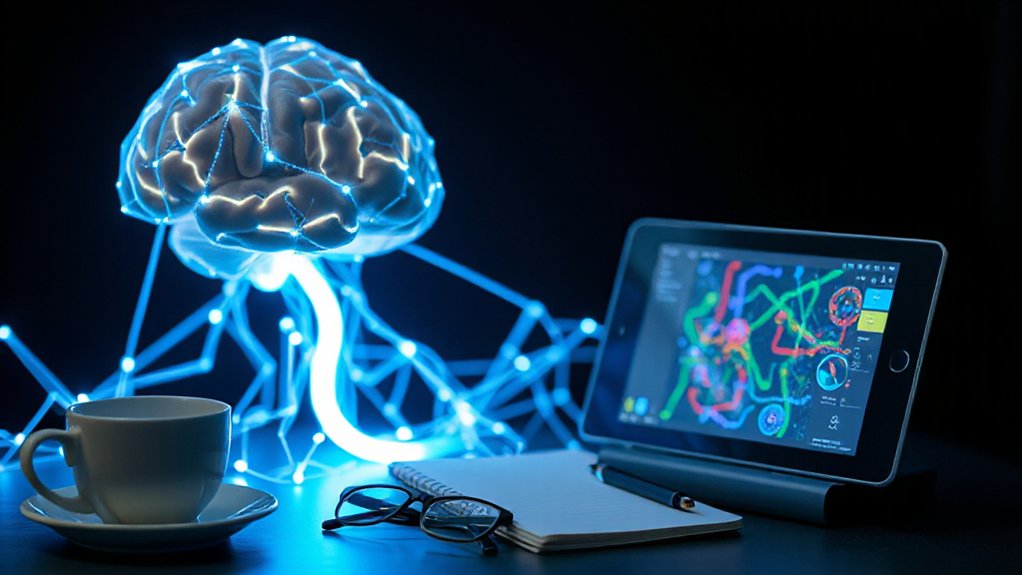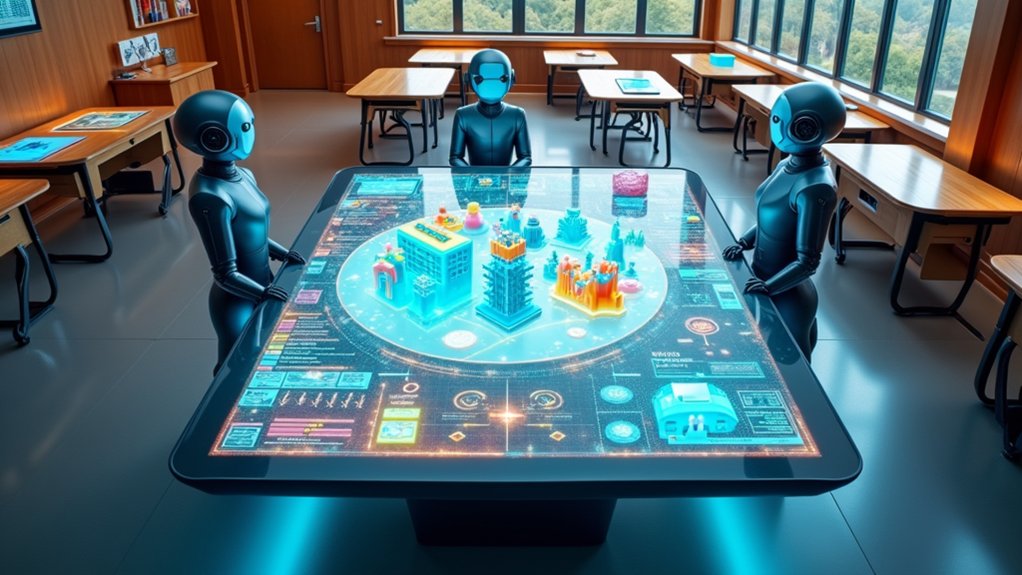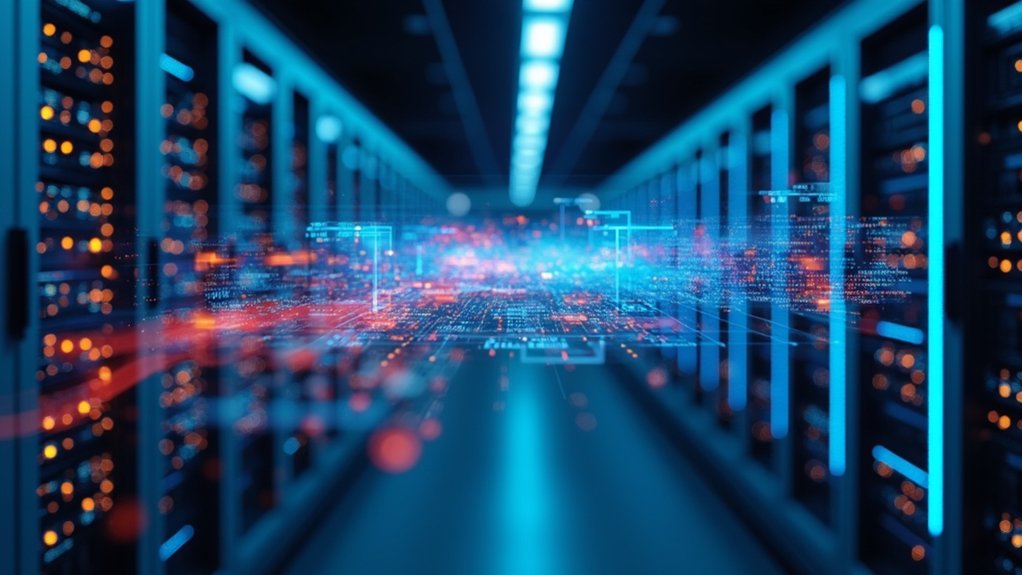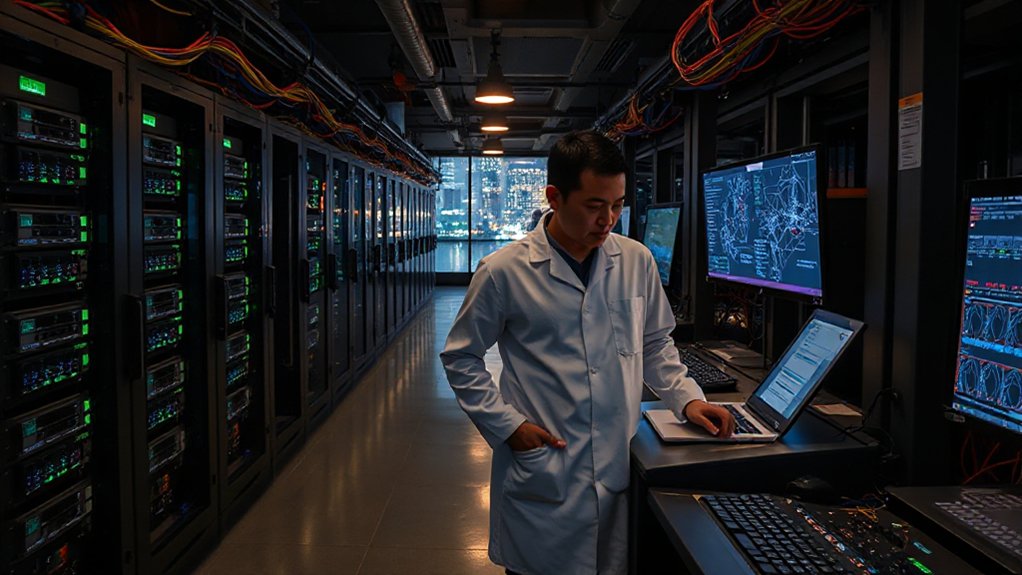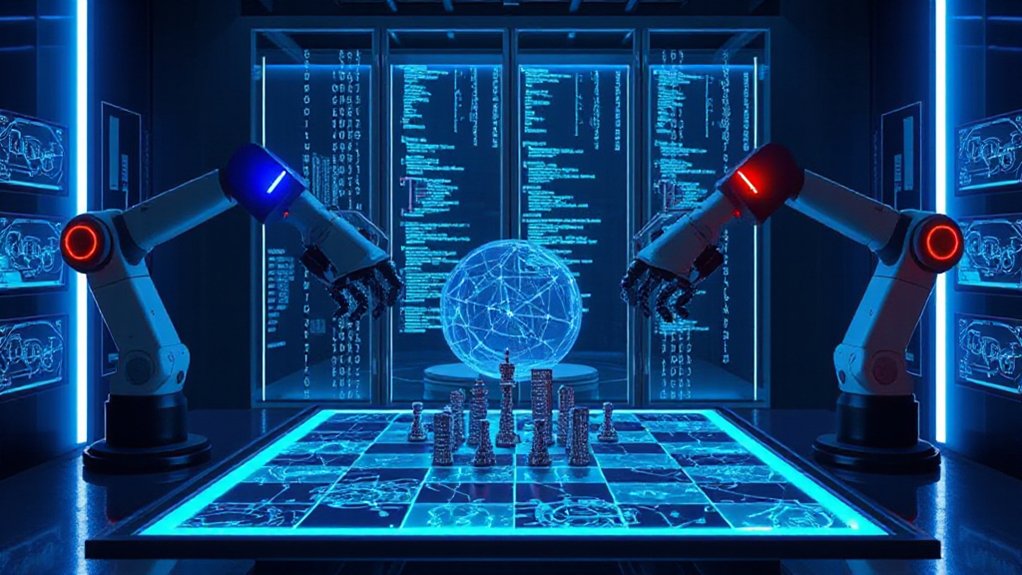The mystery of artificial intelligence often leaves people confused about what it really is. AI isn’t a single technology but a broad field of computer science that aims to create machines that think like humans. These systems are designed to learn, make decisions, and solve problems in ways that once only people could do.
AI has been around for decades, but recent advances have pushed it into our daily lives. Now it affects how we shop, commute, and even receive healthcare. Tools like ChatGPT have brought AI into public awareness, similar to how the internet and smartphones changed society before it.
While not new, AI has exploded into our everyday experience, transforming commerce, transportation, and healthcare just as previous technological revolutions did.
At its core, AI works using algorithms – sets of rules that tell computers how to process information. Unlike traditional programming where every action must be specifically coded, AI systems learn from data. They identify patterns and improve their performance over time without constant human guidance. Unlike traditional programs, AI systems operate without strict rules and guidelines, allowing them to adapt to new situations and information.
Modern AI uses neural networks with millions of parameters that work somewhat like the human brain. These systems can be trained in different ways, either with labeled examples (supervised learning) or by finding patterns on their own (unsupervised learning). The development of these learning systems has significant implications for the future of technology and society.
The field includes several key technologies. Machine learning allows computers to learn from data without explicit programming. Deep learning uses complex neural networks for tasks like image recognition. Natural language processing helps machines understand human speech and text. Research continues to draw inspiration from human psychology and neuroscience to improve AI systems.
Today’s AI applications are everywhere. Virtual assistants like Siri and Alexa use AI to understand commands. Streaming services like Netflix predict what shows you might enjoy. In healthcare, AI helps doctors diagnose diseases and discover new treatments. Self-driving cars use AI to navigate roads safely.
Despite AI’s growing presence in our lives, many people don’t understand how it actually works. As this technology continues to evolve, having a basic grasp of AI concepts helps us better understand the tools that increasingly shape our world.
References
- https://www.rapidskillup.com/ai-demystified-breaking-down-complex-ideas-into-simple-concepts/
- https://www.codinglab.com.sg/blog/ai-demystified
- https://eticas.ai/demystifying-ai-what-is-it-actually/
- https://flatironschool.com/blog/demystifying-artificial-intelligence-what-beginners-need-to-know/
- https://b13.ai/demystifying-ai-understanding-key-concepts-in-simple-terms/
- http://newamerica.org/oti/blog/demystifying-ai-a-primer/
- https://uit.stanford.edu/service/techtraining/ai-demystified/llm
- https://www.oversight.com/blog/ai-demystified
